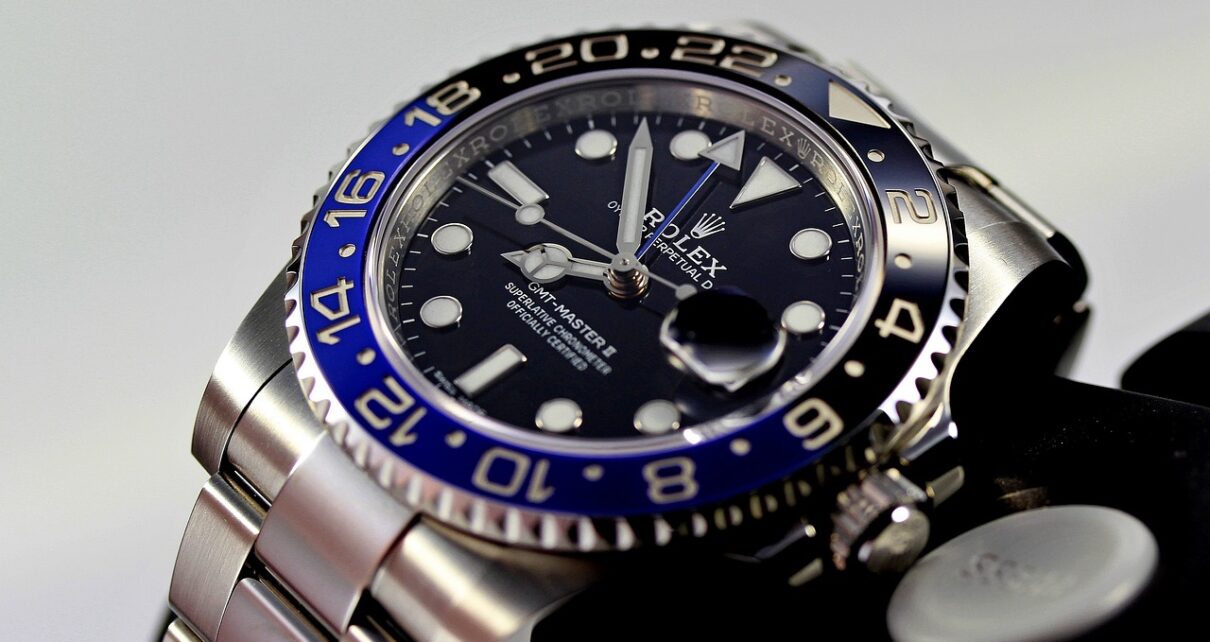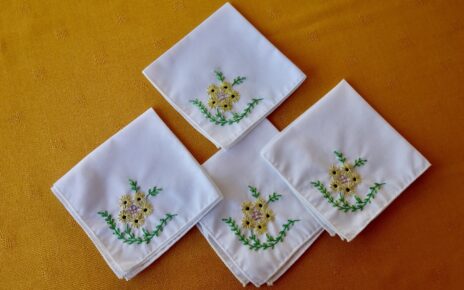Like with all good and commodities, some items draw more interest than others which can directly impact the price at which an item originally retails, as well as the value it might eventually bring on the second-hand market. Usually all this comes down to is the good old supply and demand economics equation. The more demand there is and the shorter the supply, usually the higher the value.
Whether it because it was designed by the right person, made in the right factory, or created with the right brand name, businesses often use every tactic at their disposal to create a product that is not only made to a high enough standard, but often also exclusive enough to create a stronger customer demand.
Investing in Stocks
The first real example of this demand was tulip-mania which occurred in the early 1600’s. Certain varieties of tulips became such a hot commodity that the concept of Forward Markets allowing buyers to acquire options to purchase tulips before they had grown. This essentially was the first modern stock exchange and saw the prices of a single flower reach a value of 14 times the average annual wage at the time.
That being said, investing in something tangible such as a reliable vintage watch, other than standard commodities such as currency, stocks or bonds, has been a common practise for many centuries. The reason for this is you can still gain appreciation in value, and in some cases, a useful, functional item at the same time. Property is an obvious example here, however investing in multiple properties is not within everyone’s financial means, and you cannot move these with you if you decide to reside in another country.
Pocket or wrist watches have been around for a good 500 years. The accuracy of a watch is probably the most important factor that makes it desirable. If you look at the time and it’s constantly out by a few minutes it’s really not ideal, especially back in the times when you couldn’t just contact someone on their mobile.
The next key factor is how well it is made, or its reliability. There’ little point in having something accurate and then as soon as you move the wrong way you find that it breaks. Much of this and the accuracy has to do with the movement of the watch, with Automatic movements being far more sought after for this reason. The only more accurate and sophisticated movement is a tourbillon, which can bring prices well in excess of $100k due to its complexity.
The last factor to consider is the design of the watch. It’s always important to find a design you’re your like, and you could spend hours browsing shops countless vintage watches in Melbourne. There will always be new directions in the latest designs, but some of these fashions will stick, and some will not. So you can either look to acquire one a known maker’s tried and tested desirable items, or take a gamble on a new design.
Other parts of designs to consider include the materials used to construct it, with precious metals and embedded jewels often adding to the value, however quite often these “bling” designs don’t often appeal to the masses, and are best left to be purchased by rappers.
Certain watch brands have been synonymous for producing high quality wristwatches for some time now, and for this very reason is why owning one of these will not only last you a lifetime, but also act as a memento you can pass down to your children and so on. Some of these more prestigious brands include Rolex, Omega, IWC, Jaeger-LeCoultre.
Just owning one of these brands does not mean you have a good investment piece, alone. There are often limited releases, special collaborations and partnerships, which allow them to market certain timepieces almost as works of art.
This is why you should look to buy from a known brand that has been around for a while, but also look to buy something that has classic looks but modern feel. Most importantly make sure it’s something you are comfortable wearing, and like the look of!





